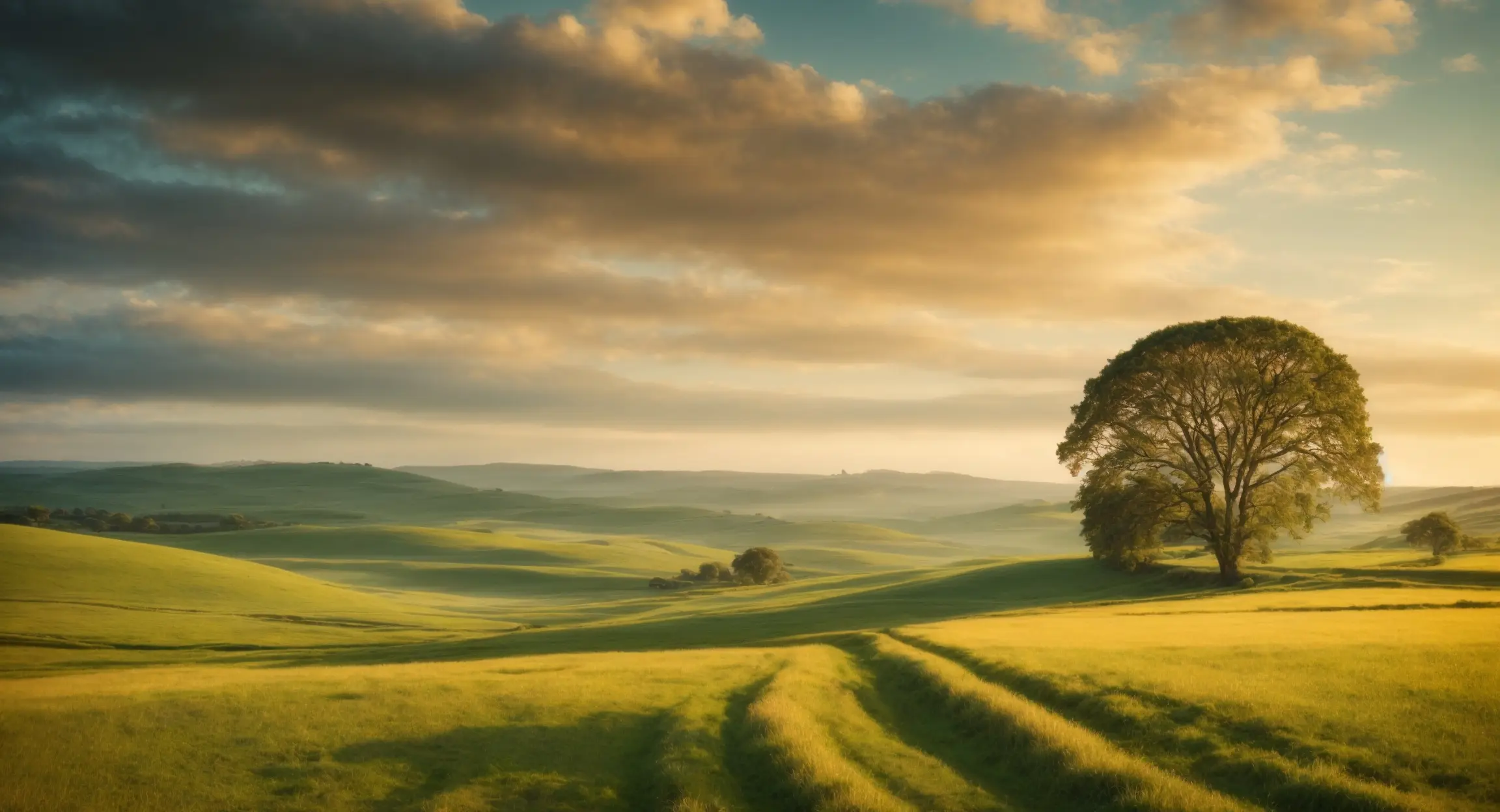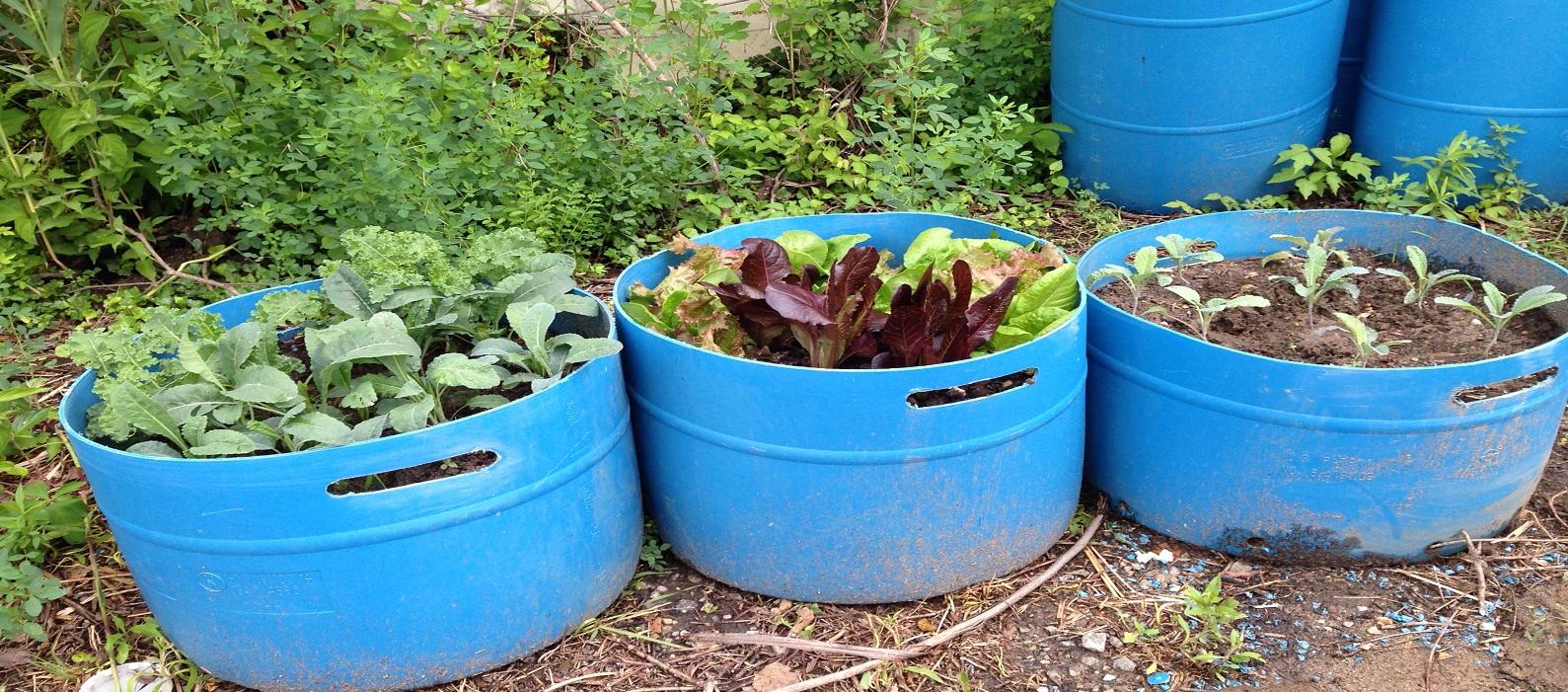A Tapestry Woven by Nature, Time, and Humanity
A landscape is more than a mere collection of physical features. It’s a dynamic interplay of landforms, water bodies, vegetation, and human-made structures, all woven together into a breathtaking tapestry. From the towering peaks of the Himalayas to the tranquil serenity of a coastal meadow, landscapes are the poetry of the Earth, ever-evolving and captivating the human spirit.
The Elements of a Landscape, Intertwined
- Landforms: The skeletal framework of a landscape, landforms such as mountains, valleys, plains, and plateaus shape its character. Their elevation, orientation, and geological history influence everything from climate to biodiversity.
- Water Bodies: Rivers, lakes, oceans, and other water bodies are the lifeblood of a landscape. They sculpt the land, regulate climate, support ecosystems, and provide essential resources for human civilization.
- Vegetation: Plants are the living tapestry that drapes the landscape. Forests, grasslands, and deserts, each with its unique flora, contribute to the visual appeal, ecological balance, and cultural significance of a region.
- Human Elements: Human settlements, agriculture, and infrastructure can both enhance and detract from a landscape. Sustainable design and responsible development can harmonize human activity with the natural environment, creating landscapes that are both functional and beautiful.
The Aesthetic Appeal of Landscapes, A Timeless Allure
Landscapes have an enduring power to evoke strong emotions and inspire creativity. Their beauty lies in their diversity, complexity, and dynamic nature. Whether it’s the vibrant hues of autumn foliage, the stark beauty of a winter wonderland, or the lush greenery of spring, landscapes offer a constant source of wonder and inspiration.
The Role of Landscapes in Human Culture, A Deep-Rooted Connection
Throughout history, landscapes have played a pivotal role in human culture. They have inspired artists, poets, and musicians, and have been the setting for countless stories, myths, and spiritual practices. Landscapes also provide essential resources like food, water, timber, and minerals, and they play a crucial role in regulating the Earth’s climate.
Preserving Our Landscapes, A Moral Imperative
As human populations grow and development accelerates, it’s imperative to protect our planet’s precious landscapes. Sustainable practices, such as responsible land use, conservation efforts, and climate change mitigation, are essential to ensure that future generations can continue to enjoy the beauty, biodiversity, and ecological services that landscapes provide.
By appreciating and protecting our landscapes, we can safeguard the planet’s biodiversity, maintain ecological balance, and enrich the human experience for generations to come.
Would you like to delve deeper into a specific type of landscape, such as alpine, coastal, or urban? Or perhaps explore the impact of human activity on landscapes, both positive and negative?



